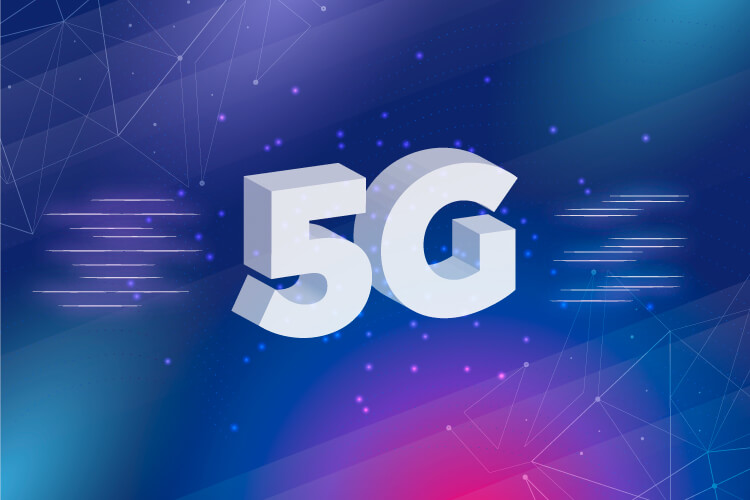1. Strategic planning and preliminary 5G network analysis
The crucial first step in adapting your project management for 5G deployment is thorough strategic planning. This phase involves:
- In-depth analysis of existing coverage: Thoroughly assess potential sites for the installation of 5G equipment. Use advanced mapping tools to visualize current coverage and plan new installations.
- Identify priority areas for deployment
- Forecasting future bandwidth demand
- Impact assessment: Anticipate technical and regulatory challenges. 5G often requires specific authorizations and may raise local concerns.
- Accurate budgeting: 5G deployment involves significant costs. Use financial management tools to establish detailed budgets and track expenses in real-time.
2. Agile resource management
To manage your resources effectively, rely on :
- Multidisciplinary teams: Build teams combining technical expertise, project management skills, and knowledge of local regulations.
- Ongoing training: Invest in training your teams in the specifics of 5G. Technologies evolve rapidly, and your teams need to stay up to date.
- Collaborative tools: Set up clear communication processes between teams, and use project management platforms like BuildAndRun to facilitate real-time communication and information sharing between teams on the field and at the office.
The BuildAndRun platform integrates customized project and task-tracking templates that help you monitor project status and characteristics in real-time. So you can better anticipate variations in activity and optimize the use of your resources.
What’s more, with BuildAndRun, your teams in the field have a mobile application that gives them access to all the information they need and enables them to update site status in real-time. This greatly facilitates coordination and improves overall project productivity.
3. Supply chain optimization
From an “equipment” point of view, we recommend that you focus on :
- Forecasting needs: Establish an accurate inventory of your equipment and then anticipate equipment and material requirements. Advanced project management tools can help you forecast future needs as work progresses.
- Procurement strategy for new equipment: Build strategic partnerships and strong relationships with key suppliers to ensure the availability of 5G-specific equipment.
- Compatibility between existing and new infrastructures.
4. Reinforced 5G monitoring and control
This type of deployment requires rigorous monitoring:
- Monitor your dashboards in real time: Use tools that provide instant visibility of project progress, costs, and resources.
- Ensure proactive risk management: Share your observations and recommendations with all teams, then anticipate risks specific to 5G deployment (interference, regulatory constraints, local resistance). BuildAndRun also lets you create visit reports and track the progress of your requests and projects.
- Set appropriate KPIs: Define KPIs specific to 5G deployment, such as signal quality, deployment speed, or coverage rate.
- Communicate clearly on your results: Produce real-time progress reports to keep all stakeholders informed of project progress.
Adapting your project management for 5G deployment requires a global approach and adapted tools. By following these best practices and using a solution like BuildAndRun, you’ll be able to meet the challenges specific to this innovative technology. The key to success lies in careful planning, effective team coordination, and rigorous management of resources and regulations.

